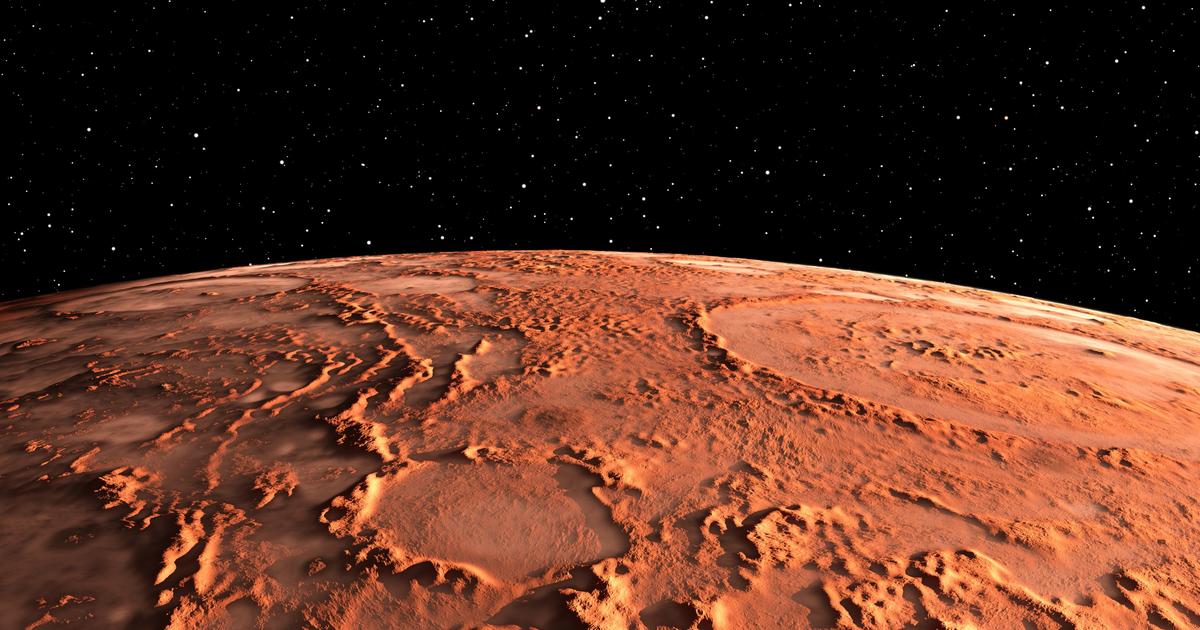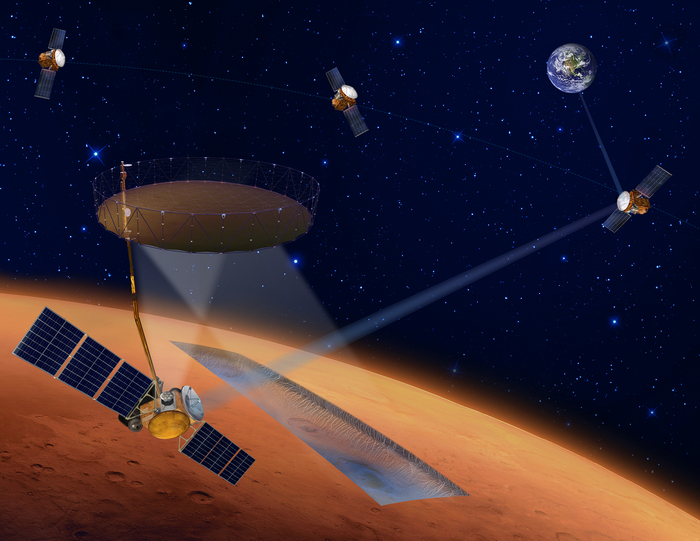Enlarge image
Mars Dust completes the »Insight« mission
Photo: REUTERS/ NASA
The US space agency Nasa has shut down the Mars lander "Insight".
A team from the control center in California was unable to contact "Insight" in two consecutive attempts, the US space agency said on Wednesday evening.
This suggested that the module's solar-powered batteries could no longer provide enough power, it said.
After four years, the mission is now officially over.
The reason for this is the dust from the Red Planet, which is becoming thicker and thicker on the solar modules.
NASA had already announced on Tuesday that the lander had probably sent its last image of Mars.
Previously it was said in November that »Insight« would only have energy for a few weeks.
The stationary lander arrived on Mars in November 2018 to measure seismic activity.
He achieved his scientific goals after just over two years, so that he was then on an extended mission.
According to Nasa, "Insight" has registered more than 1,300 marsquakes, which give scientists information about the inner structure of the planet.
The main task now is to secure the amount of data and make it accessible to researchers all over the world.
Last radio contact in mid-December
The German Aerospace Center (DLR) was also involved in the landing mission with measuring instruments and a scientific team.
According to DLR, "Insight" was the first purely geophysical Mars mission.
The last radio contact with the earth took place on December 15th.
The so-called Mars mole developed in Germany was particularly well known during the mission.
The self-hammering device, which was developed for loose, sandy Martian soil, had long struggled with the unexpectedly hard soil at its site.
"The instrument was finally able to bury its 40-centimetre probe just below the surface and collect valuable data on the mechanical and thermal properties of the Martian soil in the process," writes DLR.
A depth of five meters was originally planned.
dpa/joe













